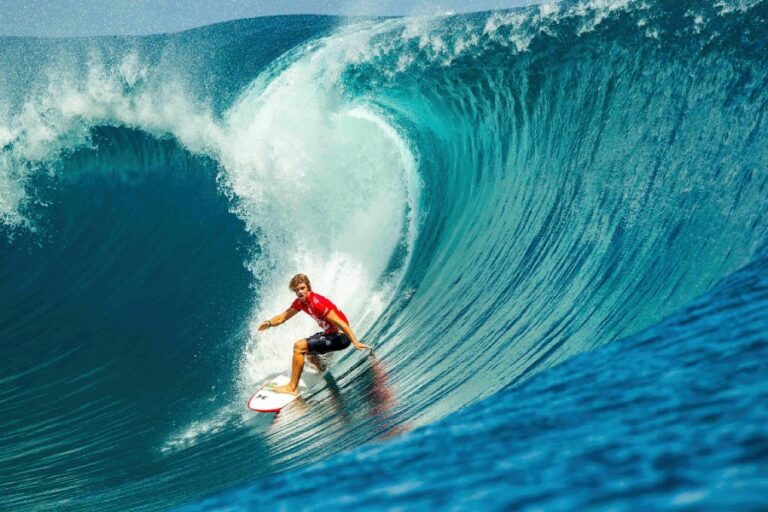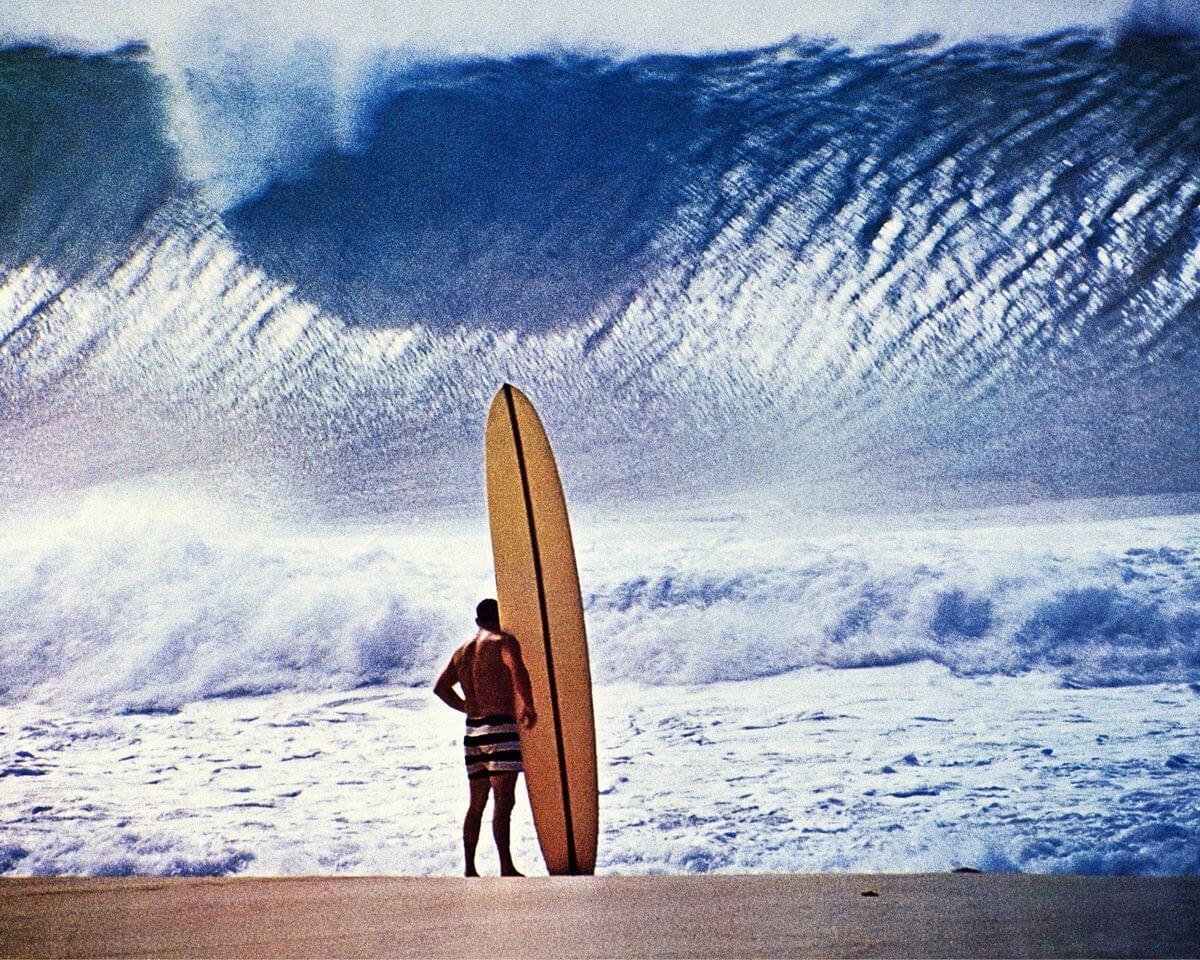
Riding the Waves of History: Famous Surfers Who Shaped the Sport
Surfing, a seemingly simple act of riding ocean waves, has a rich and complex history, woven with tales of daring adventurers, innovative pioneers, and charismatic champions. From its humble beginnings as a traditional practice in Polynesian cultures to its modern-day status as a globally recognized sport, surfing has been shaped by the personalities and skills of its most prominent figures. This article explores the lives and legacies of some of the most famous surfers in history, showcasing their contributions to the evolution and popularization of this exhilarating pastime.
The Polynesian Pioneers: The Roots of Surfing Excellence
Before the sport’s global explosion, surfing was deeply ingrained in the cultures of Polynesia, particularly Hawaii. For centuries, skilled surfers, often members of the ruling class, demonstrated their prowess on massive waves, showcasing not just physical ability but also spiritual connection to the ocean. While individual names from this era are largely lost to history, the tradition itself laid the foundation for all future surfing development. These early surfers, using their expertly crafted wooden boards, honed techniques that would become the bedrock of modern surfing styles. Their reverence for the ocean and the ritualistic aspects surrounding the sport imbued surfing with a unique spiritual significance, a legacy that continues to resonate today. The sheer audacity of riding these powerful waves, often without the safety features of modern equipment, speaks volumes about their courage and skill. Their legacy remains a testament to the enduring power of human connection with nature and the inherent thrill of conquering the ocean’s power.
Duke Kahanamoku: The Ambassador of Surfing
No discussion of surfing history is complete without mentioning Duke Kahanamoku. Born in Honolulu in 1890, Kahanamoku wasn’t just a phenomenal surfer; he was its global ambassador. A celebrated Olympic swimmer who won gold medals in the 100-meter freestyle in both the 1912 and 1920 Olympics, he used his fame to introduce surfing to the world. His performances in Australia and California in the early 20th century captivated audiences, transforming surfing from a Polynesian tradition into a burgeoning international sport. More than just a skilled surfer, Kahanamoku possessed a charismatic personality that helped spread the appeal of the sport. He emphasized the fun and camaraderie inherent in surfing, fostering a positive image that drew many to the water. His legacy extends beyond his athletic accomplishments; he is credited with shaping the modern image of surfing, laying the groundwork for its future popularity.
The Dawn of Modern Surfing: The Californian Revolution
The mid-20th century witnessed a surge in surfing’s popularity, primarily in California. This era saw the development of the modern surfboard, shifting from the heavier, less maneuverable wooden boards to lighter, more versatile designs made from materials like balsa wood and fiberglass. This technological advancement allowed for greater maneuverability and opened up new possibilities for surfing techniques. Surfers like Greg Noyll, a pioneer of modern surfboard design, played a crucial role in this evolution, influencing the shape and performance of boards for generations to come. The Californian surf culture that emerged during this period, characterized by its vibrant beach communities and the burgeoning surf music scene, further cemented surfing’s place in popular culture. Magazines dedicated to surfing started to appear, documenting the feats of emerging surfing stars and spreading the word about this exciting new sport.
The Rise of Competitive Surfing: Shaping the Modern Sport
The professionalization of surfing in the latter half of the 20th century marked another significant turning point. The establishment of competitive surfing circuits, most notably the World Surf League (WSL), provided a platform for talented surfers to showcase their skills and compete for prestigious titles. This competitive environment fueled innovation in surfing techniques, pushing athletes to refine their maneuvers and develop new approaches to riding waves. Surfers like Shaun Tomson, a three-time world champion, exemplified the dedication and skill required to excel in this increasingly demanding sport. Tomson’s graceful style and competitive drive inspired a generation of surfers, demonstrating the potential for both athleticism and artistry within competitive surfing.
The Icons of Modern Surfing: Style, Innovation, and Influence
The late 20th and early 21st centuries have seen the emergence of an array of iconic surfers who have pushed the boundaries of the sport. Kelly Slater, widely regarded as the greatest surfer of all time, has dominated the WSL for decades, accumulating a record eleven world championships. His innovative approach to wave riding, combined with an unparalleled understanding of ocean dynamics, has redefined the standards of professional surfing. Other legendary figures like Laird Hamilton, known for his mastery of big-wave surfing, and Bethany Hamilton, who overcame a shark attack to become a world-class competitor, have inspired countless individuals with their courage, determination, and unwavering passion for the sport. These surfers, each with their unique style and approach, have contributed to the evolution of surfing techniques, shaping the way the sport is perceived and practiced today. Their influence extends beyond the competitive arena, inspiring countless individuals to pick up a board and experience the thrill of riding the waves.
Beyond the Competition: The Cultural Impact of Surfing
The cultural impact of surfing extends far beyond the realm of competition. The lifestyle associated with surfing – a blend of freedom, adventure, and connection with nature – has captivated millions worldwide. Surfing has inspired countless films, books, and musical works, solidifying its position in popular culture. The vibrant surf communities that have sprung up around the globe showcase the social and cultural significance of the sport, fostering a sense of belonging and shared passion among its enthusiasts. Surfing’s appeal lies not only in its physical challenges but also in its ability to connect individuals to the natural world and create a sense of community amongst its diverse practitioners.
The Future of Surfing: A Continuing Evolution
As surfing continues to evolve, new generations of surfers are pushing the boundaries of what’s possible, developing innovative techniques and challenging established norms. The sport’s inclusion in the Olympic Games in 2020 marked another significant milestone, further cementing its global appeal and solidifying its position as a major international sport. The future of surfing promises to be as exciting and dynamic as its past, with new stars emerging and pushing the sport to new heights. The legacy of the famous surfers discussed here serves as a source of inspiration for these future generations, reminding them of the rich history and enduring appeal of this exhilarating and captivating sport. The waves continue to call, and the future of surfing is sure to be shaped by the next generation of talented and passionate individuals who embrace the challenge and the thrill of riding the ocean’s power.



